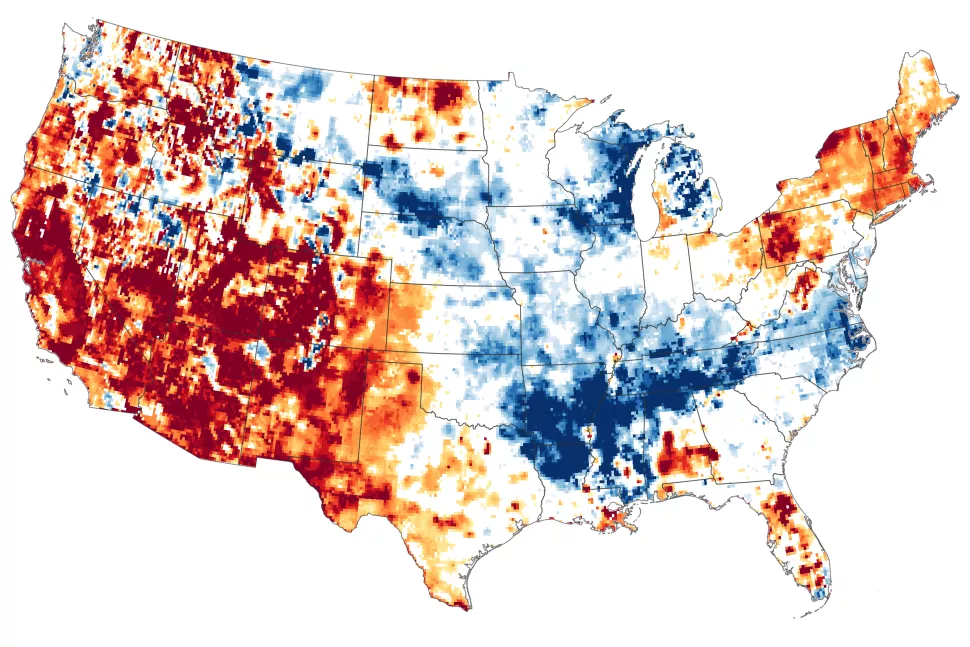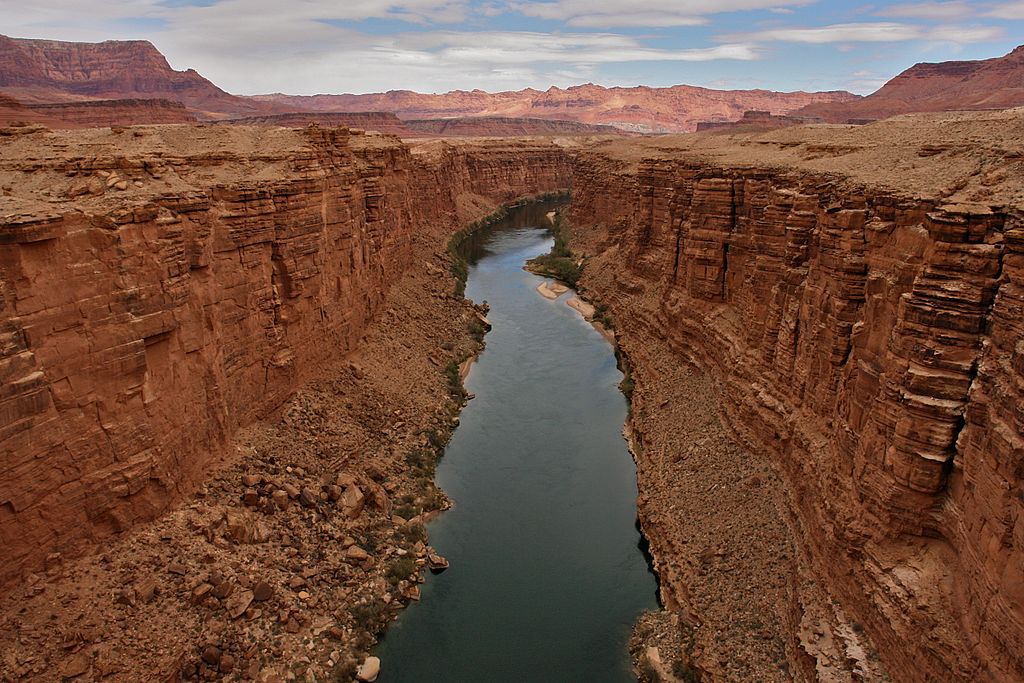The current US Southwest Drought is said to be the worst drought in recorded history and is predicted to last for another year, threatening the region’s water supply and worsening fire seasons.
—
What is Happening?
- The Southwest of US is currently in the midst of a historic drought with six states currently experiencing 100% drought conditions.
- The drought is forecast to continue well into 2022 as global warming caused by greenhouse gases persists.
- Drainage of two of the country’s largest reservoirs threatens the region’s water supply and hydropower generation capacity.
The ongoing drought in the US Southwest is reportedly the worst drought since record keeping began in 1895, according to a new report from the National Oceanic and Atmospheric Association (NOAA) Drought Task Force.
More than 94% of the western regions of the US is in drought at the moment, with six states reaching up to 100% drought conditions. Nearly half of the state of California is embroiled in what the US Drought Monitor categorises as an “exceptional drought”, threatening water supplies and fuelling the risk of wildfires.

Between January 2020 through August 2021, the US Southwest, which includes the states Arizona, California, Colorado, Nevada, New Mexico, and Utah, recorded the lowest total precipitation and the third-highest daily average temperatures, which “together imposed an unyielding, unprecedented, and costly drought.”
Climate experts forecast that the ongoing drought will last well into 2022 and potentially longer, especially as exceptionally warm temperatures from human-caused activity persists. Combining low precipitation and soaring temperatures is causing the area’s mountain snowpack to melt and increasing water evaporation of soil in the region, the drought is only becoming more severe.
Long-term effects from a multi-year drought of this magnitude are expected too. Drought conditions cause soils and vegetation to dry out, resulting in food crop failures, as well as heightened risks of wildfires, especially for states like California that are prone to forest fires.
The NOAA report also found that Lake Mead and Lake Powell – two of the country’s largest reservoirs – are draining at alarming rates, which will bring on large-scale water shortages with significant socioeconomic costs. The ongoing drought has already led to the first ever water delivery shortfall among the states sharing the Colorado River, the most important river basin in the region. Hydropower generation in the region will be severely affected as well, limiting the region’s reliance on renewable energy sources.
“Human-caused increases in drought risk will continue to impose enormous costs upon the livelihoods and well-being of the 60+ million people living in the six states of the US Southwest, as well as the broader communities dependent on the goods and services they produce,” the report concludes.
You might also like: US Drought: What are the Causes, Effects and Solutions


















